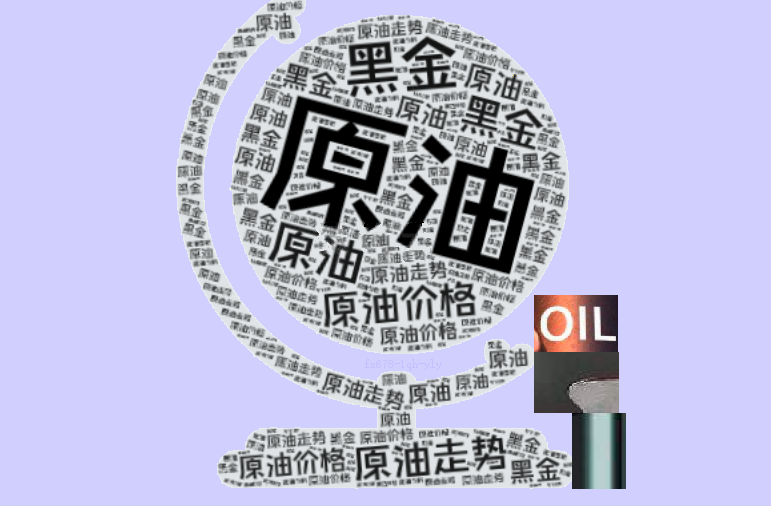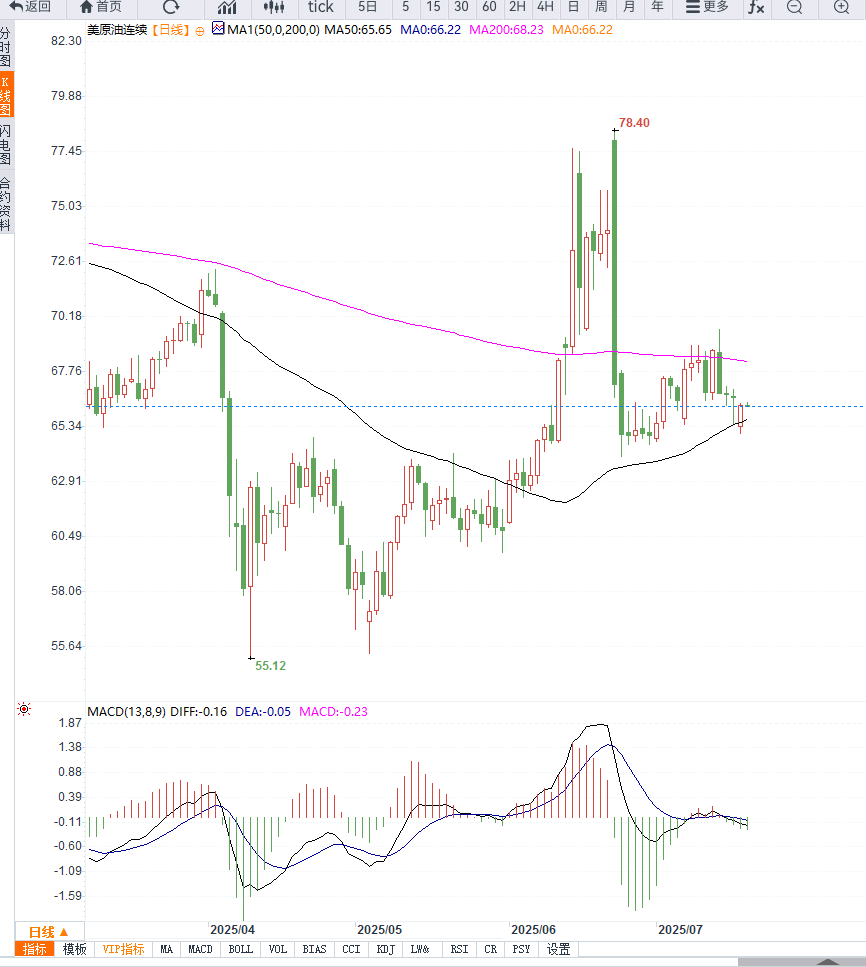Supported by low U.S. inventories and economic resilience, U.S. crude oil remains volatile at a low level, waiting to stabilize
2025-07-18 09:40:06
Global benchmark Brent crude prices held above $69 a barrel after rising more than 1% in the previous session, while U.S. West Texas Intermediate (WTI) crude was close to $66.50.
As U.S. economic data showed resilience, easing the negative impact of Washington-led trade concerns, risk appetite rebounded and global risk assets rebounded synchronously, further boosting the outlook for crude oil demand.

The market structure highlights short-term supply tightness, even though OPEC+ is rapidly easing production restrictions.
The current crude oil and diesel futures curve is still in backwardation, meaning that spot prices are higher than forward prices and traders have to pay more to get spot crude oil. This market structure usually reflects actual supply tightness, although the Organization of Oil Producers OPEC+ has recently quickly lifted production cuts.
Oil prices have increased for three consecutive days, and institutions believe that inventories in core price zones are still relatively low.
Since entering July, international oil prices have continued to rise, continuing the upward trend in May and June. Morgan Stanley and Goldman Sachs Group recently pointed out that although global inventories are rising overall, inventories in regions that really affect prices, especially in the United States, are still low.
Daan Struyven, head of oil market research at Goldman Sachs, said in an interview with market research: "Although global inventories have increased significantly, inventory levels in key pricing centers, especially the United States, remain low. Market attention has gradually shifted to downside risks on the supply side."
From the technical chart, the daily chart of U.S. crude oil (WTI) maintains a steady upward fluctuation pattern. The current price is running above the 20-day and 50-day moving averages, showing a clear bullish arrangement structure.
The RSI indicator remained above 60, with no overbought signal, and the momentum indicator MACD also maintained a red column with large volume, indicating that the buying momentum continued to increase. If WTI can effectively break through the key resistance level of $67, it is expected to further challenge the previous high of $69; the lower support is at $65, and once it is lost, it may trigger a short-term correction.

Editor's opinion:
Against the backdrop of the current macroeconomic and geopolitical situation, the structural tension in the oil market reflects real concerns about immediate demand. Even if OPEC+ gradually relaxes production restrictions, the short-term supply-demand gap will still be difficult to bridge.
If the US economy continues to remain resilient in the future and there is no substantial replenishment of inventory in price centers, international oil prices may rise further, and even trigger a chain reaction of increased imported inflation pressure.
- Risk Warning and Disclaimer
- The market involves risk, and trading may not be suitable for all investors. This article is for reference only and does not constitute personal investment advice, nor does it take into account certain users’ specific investment objectives, financial situation, or other needs. Any investment decisions made based on this information are at your own risk.










